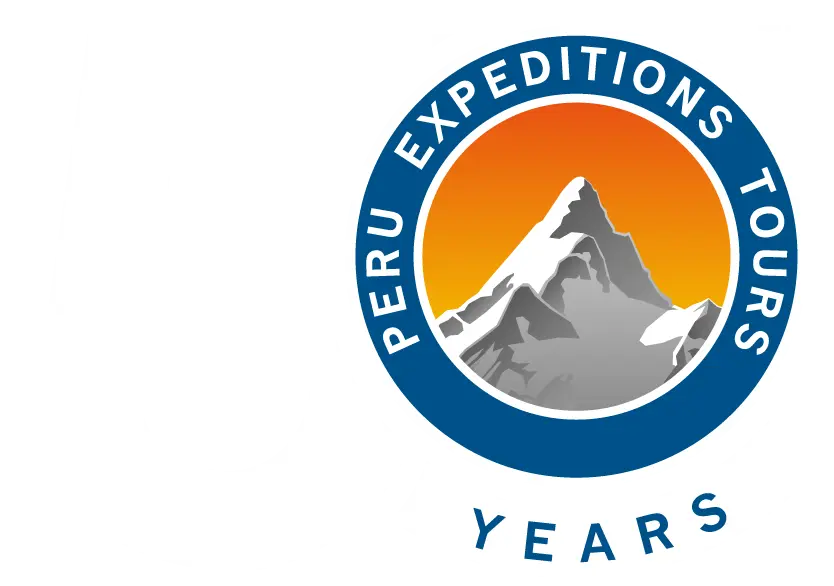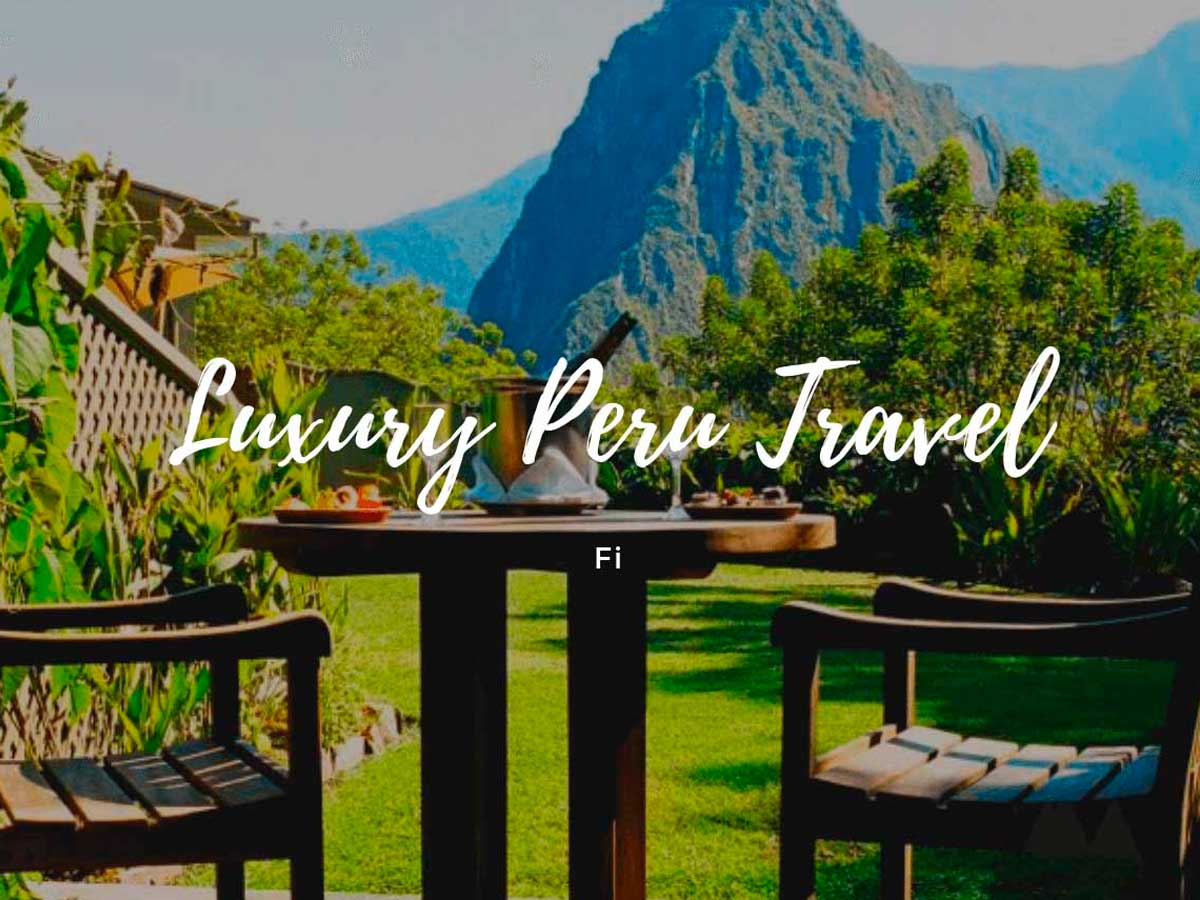For many travellers Machu Picchu is the main reason for visiting Peru. In terms of the most important archaeological sites in the world, Peru is one of the main destinations. Machu Picchu is part of the UNESCO World Heritage since 1983 and in 2007 it was declared one of the Seven Marvels of the Word.
Machu Picchu is an archaeological complex built during the Inca Empire. The purpose of this citadel is unknown although the most credible assumption is that it was a ceremonial centre built at the time of the Inca Pachacutec.
What are the reasons to visit the Machu Picchu archaeological complex?
- Machu Picchu is an architectural structure built in perfect harmony with the environment. A human construction in tune with nature. To date, Machu Picchu offers an incredible range of well-preserved buildings: palaces, squares, temples, waterways and impressive agricultural terraces. It is situated on top of a mountain surrounded by other majestic peaks. At its feet lies the jungle with a huge variety of flora and fauna. Finally, the Urubamba River, with its rushing water, flows in the valley below.
- The Machu Picchu citadel was built using advanced architectural techniques. To give you an idea of their skills, not even the blade of a knife can be inserted between two stones.
- The magic of Machu Picchu is also due to its position at the centre of numerous trails and from an astronomical standpoint it was conceived to worship Inti, the Sun God.
- Finally, Machu Picchu was one of the very few archaeological sites not discovered by the Spanish invaders and is therefore a virtually intact testament of the Inca world and their architecture. In 1911 the Machu Picchu mystery was revealed to the world by an American explorer, Hiran Bingham.
How to get to Machu Picchu
The starting point for visiting Machu Picchu is (apart from the Inca Trail) the village of Aguas Calientes (also known as Machu Picchu Pueblo). Aguas Calientes was built to be a rail terminus, it then grew in an untidy manner and today has many hotels and restaurants.
How can I reach Aguas Calientes?
By train from the Sacred Valley – Ollantaytambo: this is the most comfortable way to travel to Machu Picchu, we can even say this is the classical journey. From Ollaytaytambo station numerous trains depart every hour, operated by PeruRail or IncaRail, and reach Aguas Calientes after one and a half hours. Upon arrival, the entrance to Machu Picchu can be reached by bus after a 25 minutes ride. The opening hours for the Machu Picchu Sanctuary are from 6am to 4pm – latest exit from the site has to be by 5pm.
By train via Cuzco (Poroy station) : From Poroy station (15 minutes from Cuzco) it is possible to catch a direct train to Aguas Calientes. This service is operated exclusively by PeruRail and the journey is approximately 3 and a half hours.
On foot – Inca Trail: Following the Inca Trail, you will enter Machu Picchu by the Inti Punku Gate (Sun Gate). The Inca Trail is one of the world famous trekking routes that can be covered in 4 days, walking for 42 km ( ?? miles) in total.
On foot and by train: As an alternative to the Inca Trail, Machu Picchu can be reached via The Salkantay Trek. In 2007 it was named amongst the 25 best treks in the World by the National Geographic magazine. The Salkantay Trek requires between 4 to 5 trekking days and it is approximately 80 km (?? miles) long. Once travellers reach a point named Hidroelectrica they will board a train to Aguas Calientes. The Machu Picchu visit will start from here the following day.
There are also other different routes to reach Machu Picchu such as the Lares Trek. This is also a journey combining trekking and a train ride from Ollantaytambo station.
Best time to visit Machu Picchu
The high season for visiting Peru and the Machu Picchu Sanctuary starts in May and finishes in September. It is however possible to visit Machu Picchu all year long, with the exception of the month of February when the Inca Trail is closed for maintenance.
Things to see inside Machu Picchu
- Huayna Picchu is the mountain situated behind the citadel. Climbing Huayna Picchu requires 45 to 90 minutes. Before reaching the top, you will go through a tunnel built by the Incas and you will then make your way towards the House of the High Priest. There are no words to describe the views from the top of Huayna Picchu.
- Inti Punku marks the end of the Inca Trail and its name means the Sun Gate. From this strategic point the view on Machu Picchu is magnificent and from here it is also possible to see the Machu Picchu Mountain. At dawn, from Inti Punku you can admire an astonishing sunrise.
- Intiwatana is a ritual stone linked to the Inca astral calendar. Its name is derived from the Quechua language.
- In the Central Square there is the Condor Temple and the image of this bird of prey is carved in the rocks.
- The Temple of the Sun is the only round building to be found on the Machu Picchu site. It can only be viewed from above as it is forbidden to go inside.
- The Last Inca Bridge is only a half hour walk from the Machu Picchu Sanctuary. This is the last Inca construction before leaving the site.
- The Temple of the Moon can be accessed climbing Huayna Picchu and following the path leading to the temple.
- The Main Temple is a perfect and robust building and one of the most brilliant examples of Inca architecture.
- The Sacred Square can be found after a very rocky area used as quarries.
- Phuyupatamarka is the name of restored ruins and ritual baths.
- The Sacristy is a ceremonial site that may have been used to store sacred objects. On the door you will see two monolithic blocks, one of which has 32 corners.
- The “Manuel Chavez Ballón” Museum is new and is situated at the bottom of the path that leads to Machu Picchu.
- The Royal Tomb: it is not known the reason for its construction and no mummy was ever found. It is situated below the Temple of the Sun.
- The Temple of the Three Windows owes its name to the three enormous trapezoidal-shaped windows.
- The Condor Temple: it is amusing to stand amongst the stones arranged in the shape of a condor’s open wings and to admire a sculpture representing the head of the bird.
- The Prison is a complicated labyrinth full of passages and niches and the Condor Temple is situated in the middle of it.
- The House of the High Priest is not different because of the quality of the construction but merely for its position: just in front of the main square and next to the Temple of the Three Windows.
What you need to know before your trip to Machu Picchu
- Temperatures can vary but it is never very cold. Machu Picchu is near the Amazon jungle and therefore the climate is very humid during the months from November to March.
- 2,500 people access the Machu Picchu site every day either by train or trekking; 500 arrive via the Inca Trail.
- Out of the 3,000 tickets issued daily only 400 people are allowed to climb Huayna Picchu, whilst another 400 can go up the Machu Picchu Mountain.
- Please note that the steps leading to the top of Huayna Picchu can be very slippery. Finally, hours allowed for climbing Huayna Picchu are:
- Group No. 1 (G1): from 7am to 8am;
- Group No. 2 (G2): from 10 am to 11 am.
- The entry ticket for Machu Picchu is personal and not transferable.
- Entry to Machu Picchu can be booked individually on http://www.machupicchu.gob.pe/whilst the Inca Trail can only be booked by an authorized travel agent
- All visitors must show an entry ticket and an ID showing the same details appearing on the corresponding ticket. Should the ID shown not be the same as what is printed on the ticket, access to Machu Picchu will be denied. No reimbursement is possible and the date cannot be changed. Any tampering will result in loss of the right to access Machu Picchu.
- Entrance will be forbidden to visitors under the influence of toxic substances, or carrying arms, shooting gear, flammables and also to animals.
- It is forbidden to light fires, eat on site, damage the fencing, make loud noises and smoke.
- It will not be possible to re-enter the site after exiting.
- It is also forbidden to camp overnight.











